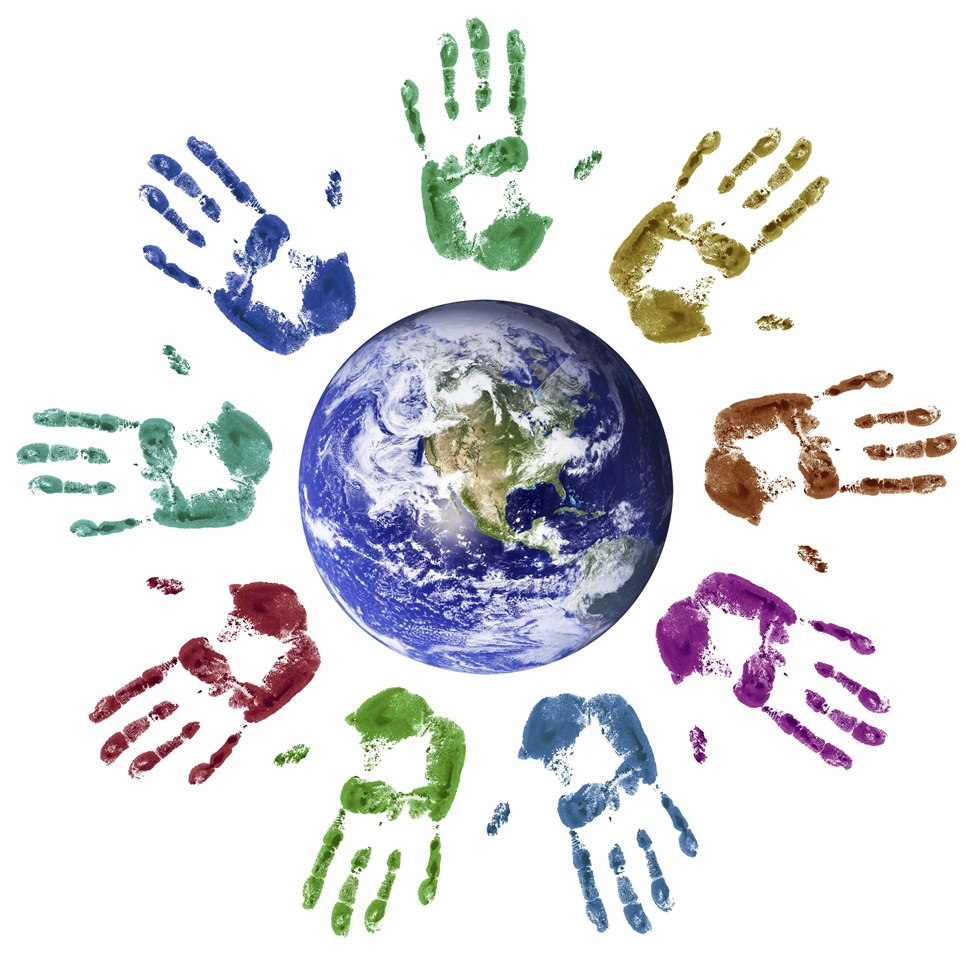Written by Naja Bentzen
This month marks the 25th anniversary of the UN Convention on the Rights of the Child (CRC), the first international treaty to recognise children as human beings with innate rights. Since 1989, conditions for children have improved, but millions remain unprotected.
Background
The Convention on the Rights of the Child (CRC) was adopted in 1989 and entered into force in 1990. Ratified by 194 states, including all EU Member States, the CRC has become the most rapidly, and widely, ratified international human rights treaty ever, demonstrating a global commitment to protecting children and treating them as autonomous human beings – equal to adults – with internationally recognised rights.
Main achievements

CRC has promoted changes in national laws to protect children and help them reach their full potential. As a result, children born today generally have better prospects than children born in 1989. School enrolment has increased, opportunities for girls have improved in many countries, and the global mortality rate for children under five has been reduced by almost half, tying in with one of the Millennium Development Goals. Moreover, the growing quantity and quality of statistical data on children have made global comparative studies possible and increased public focus on the well-being of children. A major recent achievement is the entry into force, in April 2014, of the third Optional Protocol to the CRC, establishing an international complaints procedure which enables children to speak up for themselves on violations of the child rights contained in the CRC, as well as in the Optional Protocols on the Involvement of Children in Armed Conflict and on the Sale of Children, Child Prostitution and Child Pornography.
Remaining challenges
Despite the CRC’s achievements, millions of children across the world remain vulnerable. Their situation mirrors the global challenges faced today: Armed conflicts – for example, in Afghanistan, Iraq and Syria – have sparked violence and new waves of refugees, creating millions of orphaned children and some 300 000 child soldiers. It is estimated that half of all trafficking victims worldwide are children. As drinking water becomes even scarcer in the developing world, thousands of children under five die every day of diarrhoea, often contracted through dirty water. Poverty and associated health, nutrition and social problems prevent an estimated 200 million children under five from achieving their development potential. Nearly half of the world’s extremely poor are children, resulting in almost one in four children in the least developed countries being engaged in child labour. Even in the EU, 27% of children are at risk of poverty, and sexual abuse of children remains a widespread problem.
| The EU is obliged to promote the protection of the rights of the child, in line with the Treaty on the European Union (Article 3). Children’s rights are also enshrined in the European Charter of Fundamental Rights (Article 24). The Commission proposed a strategy for protecting child rights in 2006 and ‘An EU Agenda for the Rights of the Child‘ in 2011. Its 2008 communication, ‘A special place for children in EU external action‘, emphasised children’s rights as a part of all external relations policies. The Directive on combating sexual abuse and sexual exploitation of children and child pornography was adopted in 2011. The EU Agency for Fundamental Rights also covers children’s rights.The European Parliament, in a 2008 resolution ‘Towards an EU strategy on the rights of the child‘, called for consideration to be given to EU accession to the CRC and its then two Optional Protocols. On 12 March 2014, the EP adopted a recommendation to the Council on humanitarian engagement of armed non-state actors in child protection, in which it recommended to ‘include in political dialogues with third countries, for instance within the framework of the Cotonou Agreement, the goal of preventing and stopping the recruitment and forced involvement of children under the age of 18 and ensuring their release and reintegration into society’. |








[…] 14 11 24 EPRS Child Rights is the pdf version of the image file on the left. Here’s the link to the original text, produced by the European Parliament Research Service. […]